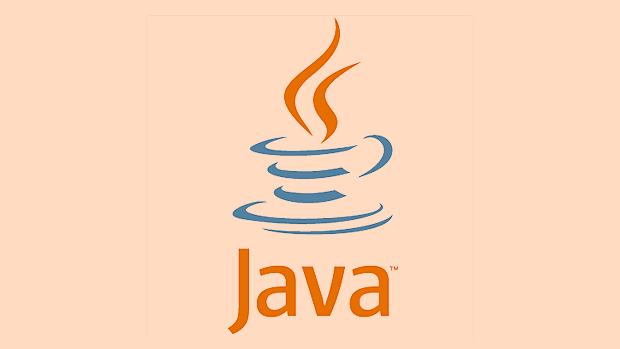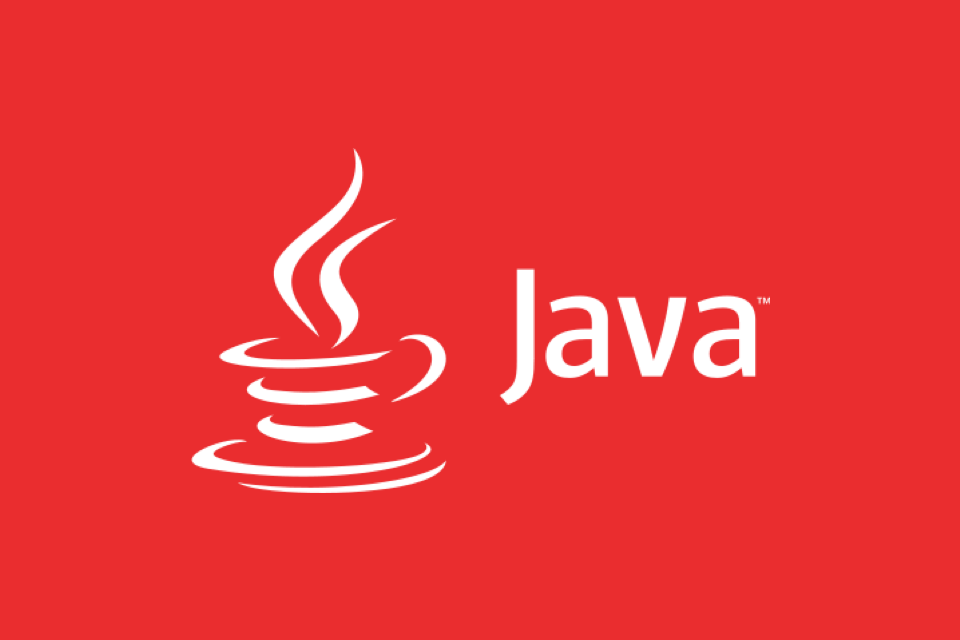When using the Java Stream API to process collection data, there are a number of ways to create streams and perform operations. Common steps include: 1. Create a stream from a collection, array or directly generate elements; 2. Use intermediate operations such as filter, map, sorted to build a processing flow; 3. Trigger actual execution through termination operations such as collect, forEach, reduce, etc.; 4. Parallel flow can be enabled in large data scenarios to improve performance, but pay attention to thread safety and task overhead to avoid improper use affecting efficiency.

Java's Stream API is a powerful tool for processing collection data, which is very convenient especially when it is necessary to filter, transform, aggregate data and other operations. If you have used Java collection operations, Stream can make your code more concise and readable.

Here are some common scenarios and practical suggestions for using the Stream API:

Several Ways to Create a Stream
To use Stream, you must first have a data source. Common ways of creating include from collections, arrays, or directly generating:
- Create from a collection:
list.stream() - Create from array:
Arrays.stream(array) - Use
Stream.of()to pass in the element directly, for example:Stream.of("a", "b", "c") - Generate infinite streams through
Stream.iterate()orStream.generate()(need to be used with limit)
These methods are very commonly used, and which one you choose depends mainly on where your data source is.

Common intermediate operations: filter, map, sorted
The intermediate operation will not be executed immediately, but will "prepare" the process. The commonly used ones are as follows:
-
filter : filter elements that meet the criteria
list.stream().filter(s -> s.length() > 3);
map : map each element into another form
list.stream().map(String::toUpperCase);
sorted : sort, default in natural order, you can also customize the comparator
list.stream().sorted(Comparator.reverseOrder());
These operations can be called chained, for example:
List<String> result = list.stream()
.filter(s -> s.length() > 3)
.map(String::toUpperCase)
.sorted()
.toList(); Note: Starting from Java 16, you can quickly convert .toList() to immutable lists, otherwise you need to use Collectors.toList() .
Terminate operation: collect, forEach, reduce
Intermediate operations are just "planning", and what really triggers execution is the termination operation. Common ones include:
collect : Collect results into containers, one of the most common ways, such as collecting List or Map:
Map<String, Integer> map = list.stream() .collect(Collectors.toMap( Function.identity(), String::length ));forEach : traversal processing of each element (commonly used for debugging)
list.stream().forEach(System.out::println);
reduce : merge elements in the stream, such as summing, splicing strings, etc.
Optional<String> result = list.stream().reduce((a, b) -> a "-" b);
Note: The return of reduce is Optional. You must determine whether there is a value before taking it out.
Tips: Parallel Stream and Performance Considerations
Stream is serial by default, but parallel processing can be enabled via .parallelStream() . Suitable for large data calculations, such as:
int sum = numbers.parallelStream().mapToInt(Integer::intValue).sum();
However, it should be noted that not all scenarios are suitable for parallelism. If the data volume is small or the task itself is not time-consuming, it will cause additional overhead due to thread scheduling.
In addition, be careful when processing shared resources in parallel streams to avoid concurrent modification exceptions.
Basically that's it. The Stream API is powerful, but it is more important to not over-neck when using it.
The above is the detailed content of How to use the Java Stream API?. For more information, please follow other related articles on the PHP Chinese website!

Hot AI Tools

Undress AI Tool
Undress images for free

Undresser.AI Undress
AI-powered app for creating realistic nude photos

AI Clothes Remover
Online AI tool for removing clothes from photos.

Clothoff.io
AI clothes remover

Video Face Swap
Swap faces in any video effortlessly with our completely free AI face swap tool!

Hot Article

Hot Tools

Notepad++7.3.1
Easy-to-use and free code editor

SublimeText3 Chinese version
Chinese version, very easy to use

Zend Studio 13.0.1
Powerful PHP integrated development environment

Dreamweaver CS6
Visual web development tools

SublimeText3 Mac version
God-level code editing software (SublimeText3)

Hot Topics
 Difference between HashMap and Hashtable?
Jun 24, 2025 pm 09:41 PM
Difference between HashMap and Hashtable?
Jun 24, 2025 pm 09:41 PM
The difference between HashMap and Hashtable is mainly reflected in thread safety, null value support and performance. 1. In terms of thread safety, Hashtable is thread-safe, and its methods are mostly synchronous methods, while HashMap does not perform synchronization processing, which is not thread-safe; 2. In terms of null value support, HashMap allows one null key and multiple null values, while Hashtable does not allow null keys or values, otherwise a NullPointerException will be thrown; 3. In terms of performance, HashMap is more efficient because there is no synchronization mechanism, and Hashtable has a low locking performance for each operation. It is recommended to use ConcurrentHashMap instead.
 What are static methods in interfaces?
Jun 24, 2025 pm 10:57 PM
What are static methods in interfaces?
Jun 24, 2025 pm 10:57 PM
StaticmethodsininterfaceswereintroducedinJava8toallowutilityfunctionswithintheinterfaceitself.BeforeJava8,suchfunctionsrequiredseparatehelperclasses,leadingtodisorganizedcode.Now,staticmethodsprovidethreekeybenefits:1)theyenableutilitymethodsdirectly
 How does JIT compiler optimize code?
Jun 24, 2025 pm 10:45 PM
How does JIT compiler optimize code?
Jun 24, 2025 pm 10:45 PM
The JIT compiler optimizes code through four methods: method inline, hot spot detection and compilation, type speculation and devirtualization, and redundant operation elimination. 1. Method inline reduces call overhead and inserts frequently called small methods directly into the call; 2. Hot spot detection and high-frequency code execution and centrally optimize it to save resources; 3. Type speculation collects runtime type information to achieve devirtualization calls, improving efficiency; 4. Redundant operations eliminate useless calculations and inspections based on operational data deletion, enhancing performance.
 What is an instance initializer block?
Jun 25, 2025 pm 12:21 PM
What is an instance initializer block?
Jun 25, 2025 pm 12:21 PM
Instance initialization blocks are used in Java to run initialization logic when creating objects, which are executed before the constructor. It is suitable for scenarios where multiple constructors share initialization code, complex field initialization, or anonymous class initialization scenarios. Unlike static initialization blocks, it is executed every time it is instantiated, while static initialization blocks only run once when the class is loaded.
 What is the Factory pattern?
Jun 24, 2025 pm 11:29 PM
What is the Factory pattern?
Jun 24, 2025 pm 11:29 PM
Factory mode is used to encapsulate object creation logic, making the code more flexible, easy to maintain, and loosely coupled. The core answer is: by centrally managing object creation logic, hiding implementation details, and supporting the creation of multiple related objects. The specific description is as follows: the factory mode handes object creation to a special factory class or method for processing, avoiding the use of newClass() directly; it is suitable for scenarios where multiple types of related objects are created, creation logic may change, and implementation details need to be hidden; for example, in the payment processor, Stripe, PayPal and other instances are created through factories; its implementation includes the object returned by the factory class based on input parameters, and all objects realize a common interface; common variants include simple factories, factory methods and abstract factories, which are suitable for different complexities.
 What is the `final` keyword for variables?
Jun 24, 2025 pm 07:29 PM
What is the `final` keyword for variables?
Jun 24, 2025 pm 07:29 PM
InJava,thefinalkeywordpreventsavariable’svaluefrombeingchangedafterassignment,butitsbehaviordiffersforprimitivesandobjectreferences.Forprimitivevariables,finalmakesthevalueconstant,asinfinalintMAX_SPEED=100;wherereassignmentcausesanerror.Forobjectref
 What is synchronization?
Jun 24, 2025 pm 08:21 PM
What is synchronization?
Jun 24, 2025 pm 08:21 PM
Synchronizationistheprocessofcoordinatingtwoormorethingstostayaligned,whetherdigitalorphysical.Intechnology,itensuresdataconsistencyacrossdevicesthroughcloudserviceslikeGoogleDriveandiCloud,keepingcontacts,calendarevents,andbookmarksupdated.Outsidete
 What is type casting?
Jun 24, 2025 pm 11:09 PM
What is type casting?
Jun 24, 2025 pm 11:09 PM
There are two types of conversion: implicit and explicit. 1. Implicit conversion occurs automatically, such as converting int to double; 2. Explicit conversion requires manual operation, such as using (int)myDouble. A case where type conversion is required includes processing user input, mathematical operations, or passing different types of values ??between functions. Issues that need to be noted are: turning floating-point numbers into integers will truncate the fractional part, turning large types into small types may lead to data loss, and some languages ??do not allow direct conversion of specific types. A proper understanding of language conversion rules helps avoid errors.






